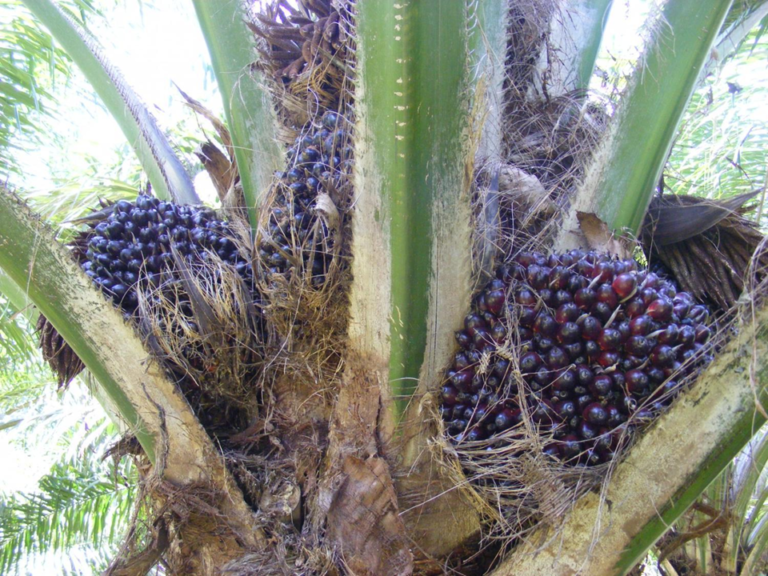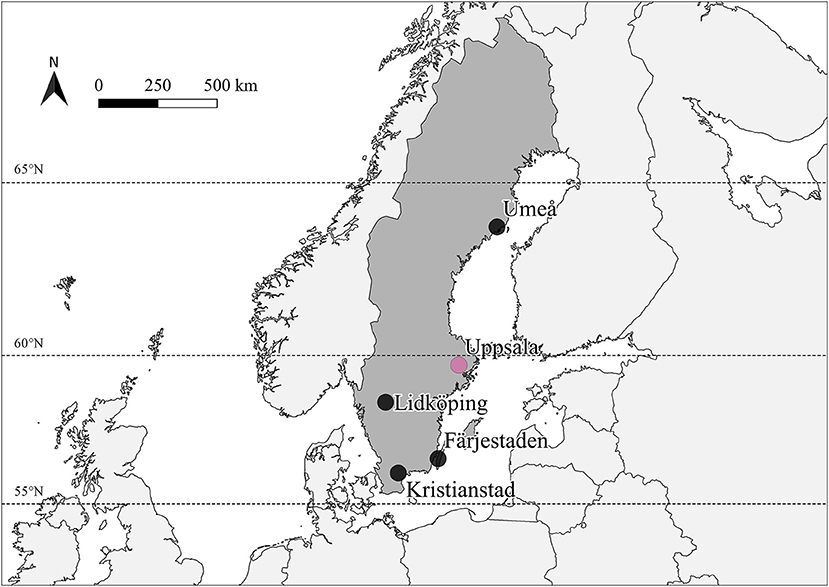

Soil conservation service technical handbook no. doi: 10.1038/nclimate1098Ĭharman PEV (1978) Soils of New South Wales-their characterization, classification and conservation. doi: 10.1098/rstb.2005.1741īetts RA (2005) Integrated approaches to climate–crop modelling: needs and challenges. Eur J Agron 12:37–54īaron C, Sultan B, Balme M, Sarr B, Traore S, Lebel T, Janicot S, Dingkuhn M (2005) From GCM grid cell to agricultural plot: scale issues affecting modelling of climate impact. Field Crop Res 85:85–102Īsseng S, Van Keulen H, Stol W (2000) Performance and application of the APSIMN wheat model in The Netherlands. doi: 10.1071/A97095Īsseng S, Jamieson PD, Kimball B, Pinter P, Sayre K, Bowden JW, Howden SM (2004) Simulated wheat growth affected by rising temperature, increased water deficit and elevated atmospheric CO 2. Field Crop Res 104:139–147Īsseng S, Fillery IRP, Anderson GC, Dolling PJ, Dunin FX, Keating BA (1998) Use of the APSIM wheat model to predict yield, drainage, and NO3− leaching for a deep sand. Crop Pasture Sci 60:901–911Īnwar MR, O'Leary G, McNeil D, Hossain H, Nelson R (2007) Climate change impact on wheat crop yield and adaptation options in Southeastern Australia. Effect of seasonal conditions on wheat and barley yield response to applied nitrogen across management zones. doi: 10.1007/s0070-1Īnwar MR, O'Leary GJ, Rab MA, Fisher PD, Armstrong RD (2009) Advances in precision agriculture in south-eastern Australia. Global Chang Biol 8:372–389Īnwar MR, Liu DL, Macadam I, Kelly G (2012) Adapting agriculture to climate change: a review. Īlexandrov V, Eitzinger J, Cajic V, Oberforster M (2002) Potential impact of climate change on selected agricultural crops in north-eastern Austria. ABARES project 43047, Australian Bureau of Agricultural and Resource Economics and Sciences, Canberra. Current wheat cultivars with shorter growing season properties are viable in the future climate, but breading for early sowing wheat varieties with longer growing duration will be a desirable adaptation strategy for mitigating the impact of changing climate on wheat yield.ĪBARES (2011) Agricultural commodity statistics 2011. In general, larger negative impacts of climate change are exhibited in those sites with higher PAWC. Reduction of wheat yield is mainly due to shorter growth duration, where average flowering and maturing time are advanced by an average of 11 and 12 days, respectively. Across different wheat-growing regions in NSW, grain yield difference in the future period (2021–2040) over the baseline (1961–1990) varies from +3.4 to −14.7 %, and in most sites, grain number is decreased, while grain size is increased in future climate. Results show a decreasing yield trend during the period of 2021–2040 compared to the baseline period of 1961–1990.

The response of wheat yield, yield components, and phenology vary across sites and soil types, but yield is closely related to plant available water capacity (PAWC).
#Apsim wheat simulator
In this study, we use the Agricultural Production Systems sIMulator (APSIM)-wheat model, driven by statistically downscaled climate projections of 18 global circulation models (GCMs) under the 2007 Intergovernmental Panel on Climate Change (IPCC) Special Report on Emission Scenarios (SRES) A2 CO 2 emission scenario to examine impact on future wheat yields across key wheat growing regions considering different soil types in New South Wales (NSW) of Australia. However, the process of wheat response to climate change is complex and compounded by interactions among atmospheric CO 2 concentration, climate variables, soil, nutrition, and agronomic management. This will have a major impact on wheat production, particularly if crops are frequently exposed to a sequence, frequency, and intensity of specific weather events like high temperature during growth period. Conceptions encompassing climate change are irreversible rise of atmospheric carbon dioxide (CO 2) concentration, increased temperature, and changes in rainfall both in spatial- and temporal-scales worldwide.


 0 kommentar(er)
0 kommentar(er)
